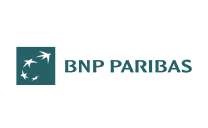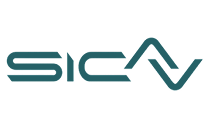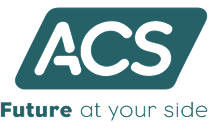With the evolution of martech architectures and the rise of the composable paradigm, companies face a strategic decision: consolidate their data through a Customer Data Platform (CDP) or enrich it with an AI-based Prediction Platform.
These two categories of tools are not mutually exclusive but complementary: the former enables the collection, unification, and orchestration of first-party data, while the latter maximizes its value through predictive models and actionable segmentation.
Understanding the differences between a CDP and a Prediction Platform is essential to building a scalable, measurable data strategy aligned with increasingly personalized and privacy-first marketing.
What a CDP Does: Centralizing and Activating Data
A Customer Data Platform is designed to:
- Collect data from heterogeneous sources (CRM, eCommerce, apps, advertising, offline);
- Unify user identities using identity resolution techniques;
- Create and manage a Single Customer View;
- Orchestrate data distribution to activation channels (email, SMS, ads, etc.).
CDPs provide a structured foundation for data activation, but most do not include native predictive capabilities or advanced AI models. Segmentation features are often rule-based, relying on static conditions (e.g., purchases > 2, email opened in the last 7 days).
What a Prediction Platform Does: Predictive Data Enrichment
A Prediction Platform is an intelligent layer that integrates with (or sits on top of) your data warehouse or CDP, with the goal of:
- Calculating predictive attributes (e.g., action propensity, churn risk, CLTV);
- Building advanced and dynamic segments based on behavioral and probabilistic data;
- Triggering predictive workflows and advanced personalization across CRM, automation, and paid media;
- Enabling explainability, version control, and model validation.
Prediction Platforms stand out for their AI-native approach, offering the ability to train, update, and monitor machine learning models on business-critical events, going beyond static segmentation logic.
Comparison Table: CDP vs Prediction Platform

Bytek’s Approach: Native Interoperability with CDP, CRM, and Warehouse
The Bytek Prediction Platform is not an alternative to a CDP, but an integrated prediction layer designed to work in synergy with your existing data architecture. Specifically, it:
- Connects to CDPs, CRMs, and data warehouses to process structured, consented first-party data;
- Builds custom AI models for:
- Action prediction (purchase or conversion likelihood);
- Predictive CLTV (estimated future customer value);
- Interest modeling and intent analysis;
- Writes the results (AI attributes) back into user profiles to power CRM, marketing automation, and paid media platforms via reverse ETL or APIs;
- Supports predictive segmentation, lead prioritization, and real-time personalization.
In a composable architecture, the Bytek Prediction Platform enhances the decision-making power of your existing data stack, without requiring you to replace existing tools.
Conclusion: CDP and Prediction Platform, Two Complementary Roles
Choosing between a CDP and a Prediction Platform is not about picking one over the other; it’s about architectural integration.
The CDP structures and unifies the data, while the Prediction Platform interprets and activates it through predictive intelligence.
Together, they form the foundation of modern marketing:
- One ensures data quality and consistency;
- The other enables smarter, faster, and measurable decisions and activations.
If your goal is to move from collected data to data that drives growth, adding a Prediction Platform to your stack is a strategic and natural evolution.
















